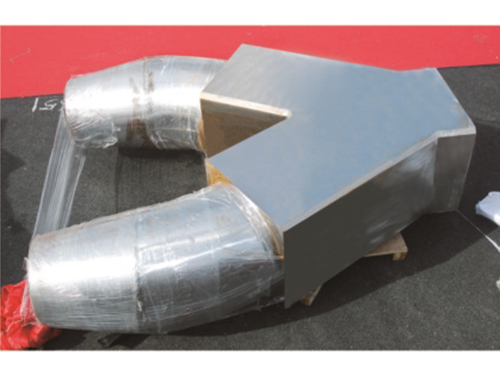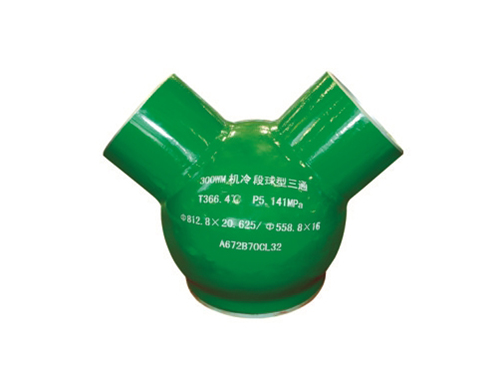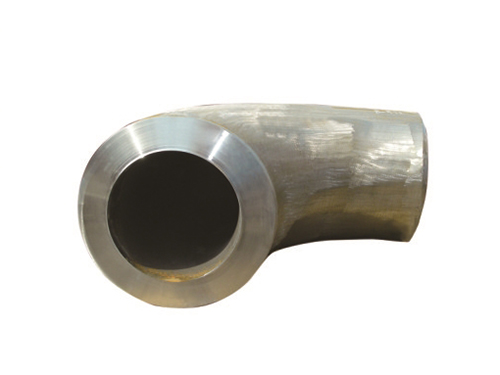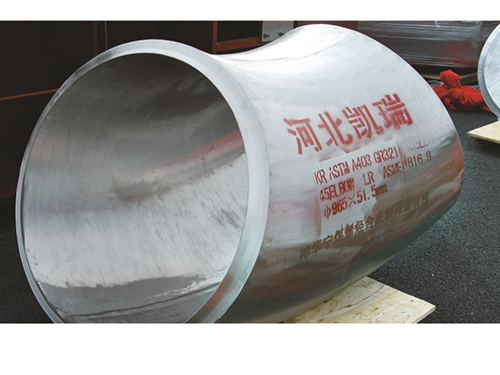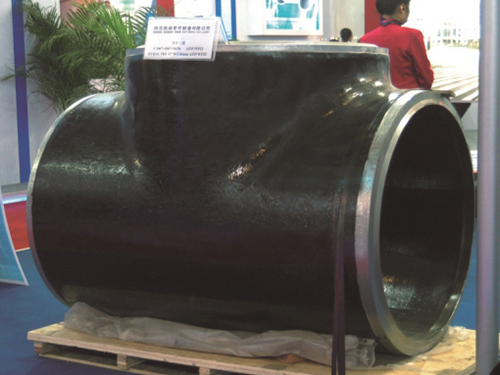The characteristics and functions of different flange types
The neck height of the neck flat welding flange is relatively low, which improves the stiffness and load-bearing capacity of the flange. Compared with butt welded flanges, welding requires a large amount of work, consumes a high amount of welding rods, and cannot withstand high temperature and pressure, repeated bending, and temperature fluctuations. However, on-site installation is more convenient, and the process of welding seam rubbing can be omitted, which is more popular
Butt welding flange: Neck flange welding is commonly referred to as "; High Hub; Flange. Its purpose is to transfer pressure through pipelines, thereby reducing high stress concentration in Franchi. Neck flange welding is a better design for welding flanges that are currently provided due to their inherent structural value. This is expensive because of the design Nominal diameter of threaded flange: DN8~DN50, working pressure: 1.0~2.5 (MPa), material of plate threaded flange: stainless steel. The threaded flange is suitable for industrial and civilian pipes such as fire protection, gas, hot and cold water, air conditioning, compressed air pipes, oil pipes, instruments, hydraulic pipes, etc., with threaded locking and sealing A flange cover, also known as a blind flange, is a flange without a hole in the middle used to seal pipeline plugs. There are many types of sealing surfaces, including flat, convex, concave convex, tenon groove, and ring connection surfaces





 Current location:
Current location:
